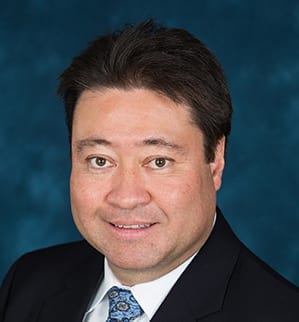
We are reaching our final milestones in the FDT 3.0 IIoT Server (FITS) project. The most recent piece to come into play is the certification tools and procedures for FDT 3.0 DTMs. As we go to press, our accredited, independent test sites are running the new FDT 3.0 certification tools through their final paces to make sure everything is ready. As before, the test and certification process is highly automated through the use of custom software tooling that the FDT Group has developed. These tools are readily available to DTM developers so that they may pretest their DTM for compliance prior to entering the test site for certification.
In past versions of the FDT standard we highly recommended, but did not require, style guide compliance. Based on the feedback from our end user community, DTMs that are certified to the new FDT 3.0 standard must now pass the style guide tests as part of the certification regime. This is particularly noteworthy as the FDT 3.0 style guide includes elements for responsive design and touch navigation. Having all DTMs operate under the same style principles will help ensure that the end user experience is seamless, even with thousands of DTMs installed.
On behalf of the Board of Directors, I wish to thank our Test and Certification Committee and our Architecture and Specification Committee for their significant body of work to get us to this point. My personal thanks to James Loh Chia Woon of Yokogawa who, as chairperson of Test and Certification, has led this effort. I am sure I may also speak for the FDT Group members that are patiently waiting to have their new FDT 3.0 DTMs certified in saying thank you to the entire team.
I am pleased to announce that our IO-Link Annex for FDT 3.0 is now underway. The committee has been formed and they are now planning their work package through virtual meetings. This will be an exciting development as we already have an IO-Link Interpreter DTM waiting in the wings. This Interpreter DTM will make all IO-Link devices immediately compatible with the FDT 3.0 standard without the need to write a bespoke DTM for each device. This is particularly attractive for the IO-Link community as most IO-Link devices are by their nature quite simple devices and as such do not require extensive business logic or custom graphics to support their operation. If you would like to add your expertise to this IO-Link committee work, please send a note to our managing director at [email protected].
The FDT 3.0 standard sits at a peer level with the PLC or DCS in the control architecture and makes real-time operations and device data available to higher level applications without the need to pass through the controller. The primary means of accessing this data is through OPC UA using the OPC UA server that is natively integrated into the FDT Server. The FDT Group and the OPC Foundation have collaborated on this capability to enable a data-centric architecture available throughout the customer enterprise. One of the resulting documents is an OPC UA companion specification. I am pleased to announce that the work is underway to finalize the approval and publication of this joint specification through the OPC Foundation processes. Meanwhile, end users may already take advantage of this capability that is built into every FDT 3.0 Server. As with the entire FDT 3.0 architecture, the built-in OPC UA server is also platform independent.
Lee Lane, Chairman of the FDT Board of Directors